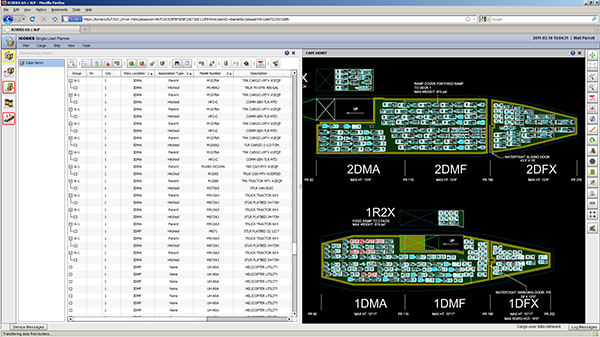Tapestry Solutions will play a major role in modernizing Weapon Planning Software (WPS) over the next decade using an agile software development approach. The Boeing Global Services subsidiary is upgrading the WPS software under 10-year contract recently awarded by the U.S. Air Force. The WPS contract has a ceiling value of $259 million.
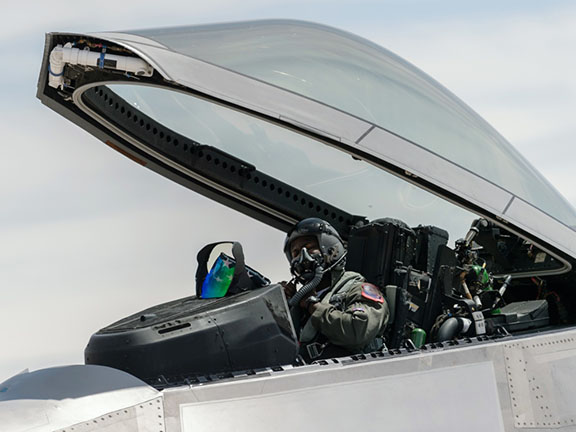
A pilot assigned to the F-22 Raptor Demonstration Team, Langley Air Force Base, Va., prepares for a demo. The F-22 is among multiple platforms that will receive WPS upgrades. (DoD photo: Staff Sgt. Ryan Campbell)
The WPS suite – a core component of the Joint Mission Planning System (JMPS) – will enable U.S. and partner nations to collaboratively plan for precision strike warfare on a more powerful software platform. It supports precision-guided munition (PGM) planning for A-10, B-1, B-2, B-52, F-15E, F-16, F-22, F/A-18 and F-35 aircraft.
“We are proud to deliver next-generation weapons software to our warfighters – and deliver it faster and more cost-effectively using an agile development approach,” said Debbie Churchill, vice president, Mission Products and Services, Tapestry Solutions. “This will ensure our forces maintain the precision strike advantage, because in today’s battlespace, success depends on data, speed and interconnectivity.”
Why Agile Development?
Agile development places an emphasis on delivering many rapid iterations on a shorter timeline, allowing for a faster deployment of scalable, modular software. It enables developers to quickly respond to evolving requirements while ensuring quality.

“Agile software approach improves our ability to achieve first-time quality while meeting mission-critical deadlines,” said Jeff Mintzlaff, Tapestry’s director of Mission Planning. “This approach reduces costs, because customer involvement and buy-in are accomplished early and often in the development cycle.”
Many defense programs still use the traditional “waterfall” model, in which development is more structured and linear in nature. Waterfall development flows in a step-by-step sequential process, from conception and design through testing and deployment.
Tapestry’s WPS developers are also leveraging a software development model, called service-oriented architecture (SOA) to make it easy to integrate new capabilities over time. SOA is built with loosely coupled “services” that form a modular, layered architecture. SOA allows for greater customization and modularity that allow an enterprise system to evolve without costly redevelopment.
“Our development approach will ultimately aid in a faster release velocity for U.S. Air Force,” said Mintzlaff. “This will provide greater flexibility to integrate new weapons, platforms and emerging enabling technologies for the WPS program.”
A Closer Look at WPS & JMPS

Airman pictured at screen with B-1 bomber mission planning software, which will be upgraded under the WPS program. (DoD photo/Airman 1st Class Peter Thompson)
The WPS software suite helps warfighters plan every detail of a mission, including route planning, flight simulation performance, threat avoidance, and points for weapons launches. The program centers around JMPS mission planning requirements for precision-guided munitions, such as laser-guided bombs and cruise missiles. PGMs are the weapon of choice for the U.S. Department of Defense, because they provide a high degree of accuracy in all weather conditions while avoiding widespread collateral damage.
The WPS program leverages Tapestry’s expertise in navigation, guidance and control telemetry technology, as well as its extensive experience with JMPS development. For the JMPS effort, software developers in St. Louis, Mo., are creating an innovative, cost-effective Unique Planning Component (UPC) for the F-15, F/A -18, F-22, and T-38. The UPCs allow the warfighter to prepare the aircraft data necessary for mission execution.
The UPCs are a critical part of a system-of-systems called the Mission Planning Environment, or MPE, which provides the ability to interactively plan and validate missions. The MPE gives crews a full range of mission information, from preflight data reports to post-flight debriefing materials.
ABOUT TAPESTRY SOLUTIONS
Tapestry, which is part of Boeing’s services business, brings decades of experience developing mission planning software solutions for military aircraft including the F-15, F/A-18, F-22 and T-38, as well as weapons systems software for the Tomahawk missile and Boeing’s Joint Direct Attack Munition (JDAM) program.
Boeing is the world’s largest aerospace company and leading provider of commercial airplanes, defense, space and security systems, and global services. As the top U.S. exporter, the company supports commercial and government customers in more than 150 countries. Boeing employs more than 150,000 people worldwide and leverages the talents of a global supplier base. Building on a legacy of aerospace leadership, Boeing continues to lead in technology and innovation, deliver for its customers and invest in its people and future growth.
The appearance of U.S. Department of Defense (DoD) visual information
does not imply or constitute DoD endorsement.
Janet Dayton
Boeing Global Services
janet.l.dayton@boeing.com
 As today’s supply chains become increasing complex and volatile, having a sophisticated load planning solution is no longer an option – it’s a necessity. Embarkation specialists are constantly challenged with last-minute cargo changes, and they must respond quickly and efficiently to meet schedules and keep costs down.
As today’s supply chains become increasing complex and volatile, having a sophisticated load planning solution is no longer an option – it’s a necessity. Embarkation specialists are constantly challenged with last-minute cargo changes, and they must respond quickly and efficiently to meet schedules and keep costs down.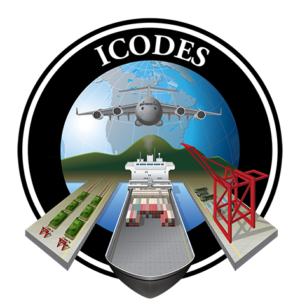 ICODES automates processes for multimodal load planning, ensures better space utilization, and improves supply chain performance in support of the military’s deployment and distribution operations.
ICODES automates processes for multimodal load planning, ensures better space utilization, and improves supply chain performance in support of the military’s deployment and distribution operations.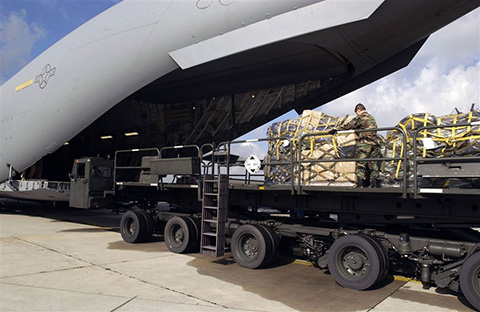 ammunition to communication assets, fuel and food supplies – by land, air and sea. It also involves the staging of military personnel.
ammunition to communication assets, fuel and food supplies – by land, air and sea. It also involves the staging of military personnel.
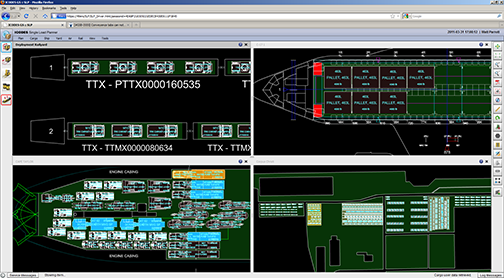 ICODES first became the system of record for the U.S. Army’s ship load planning operations in 1997, and by 2001, the U.S. Marine Corps came onboard. The U.S. Air Force adopted ICODES in 2015, and in parallel, the functionality of ICODES progressively widened to include rail and then aircraft.
ICODES first became the system of record for the U.S. Army’s ship load planning operations in 1997, and by 2001, the U.S. Marine Corps came onboard. The U.S. Air Force adopted ICODES in 2015, and in parallel, the functionality of ICODES progressively widened to include rail and then aircraft. efficiencies are derived from its Service Oriented Architecture (
efficiencies are derived from its Service Oriented Architecture ( Force, Lithuania and NATO (Hungary) and Heavy Airlift Wing. These two commercial modules, which are fully compatible with ICODES, will be also be
Force, Lithuania and NATO (Hungary) and Heavy Airlift Wing. These two commercial modules, which are fully compatible with ICODES, will be also be  delivered to other nations’ defense forces over the next few months.
delivered to other nations’ defense forces over the next few months. Artificial intelligence, in the form of embedded knowledge-based and rule-based agents, increase the speed, accuracy and quality of ICODES’ deployment operations.
Artificial intelligence, in the form of embedded knowledge-based and rule-based agents, increase the speed, accuracy and quality of ICODES’ deployment operations.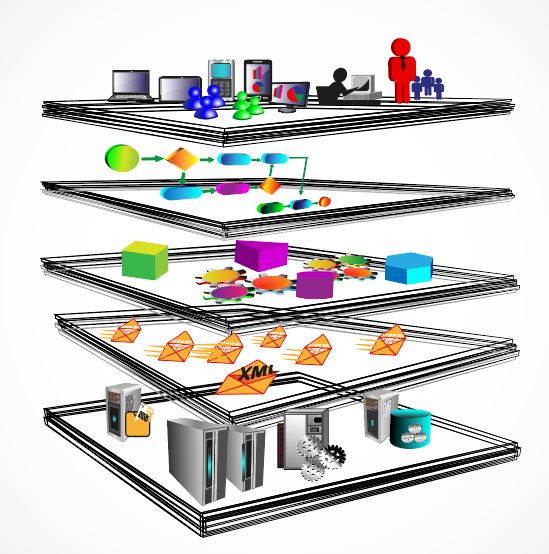 into a Cloud-compatible, Web application-based solution.
into a Cloud-compatible, Web application-based solution. Tapestry Solutions is focused on helping current and prospective customers keep supply chain costs down and gain other efficiencies through concurrent program and technology enhancements.
Tapestry Solutions is focused on helping current and prospective customers keep supply chain costs down and gain other efficiencies through concurrent program and technology enhancements.



 With continuous information changes and problems that arise during load-planning, commanders are saturated with a wealth of data in dynamically changing situations. They need access to timely and accurate information – actionable data they can easily understand and quickly exploit to make important decisions. Commanders also need complete situational awareness.
With continuous information changes and problems that arise during load-planning, commanders are saturated with a wealth of data in dynamically changing situations. They need access to timely and accurate information – actionable data they can easily understand and quickly exploit to make important decisions. Commanders also need complete situational awareness.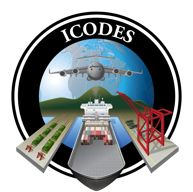 The modular software suite within ICODES, for instance, enables individual applications to work together and provide an array of capabilities. Each application performs specialized functions configured to interact with other applications either automatically or under the users’ direction.
The modular software suite within ICODES, for instance, enables individual applications to work together and provide an array of capabilities. Each application performs specialized functions configured to interact with other applications either automatically or under the users’ direction.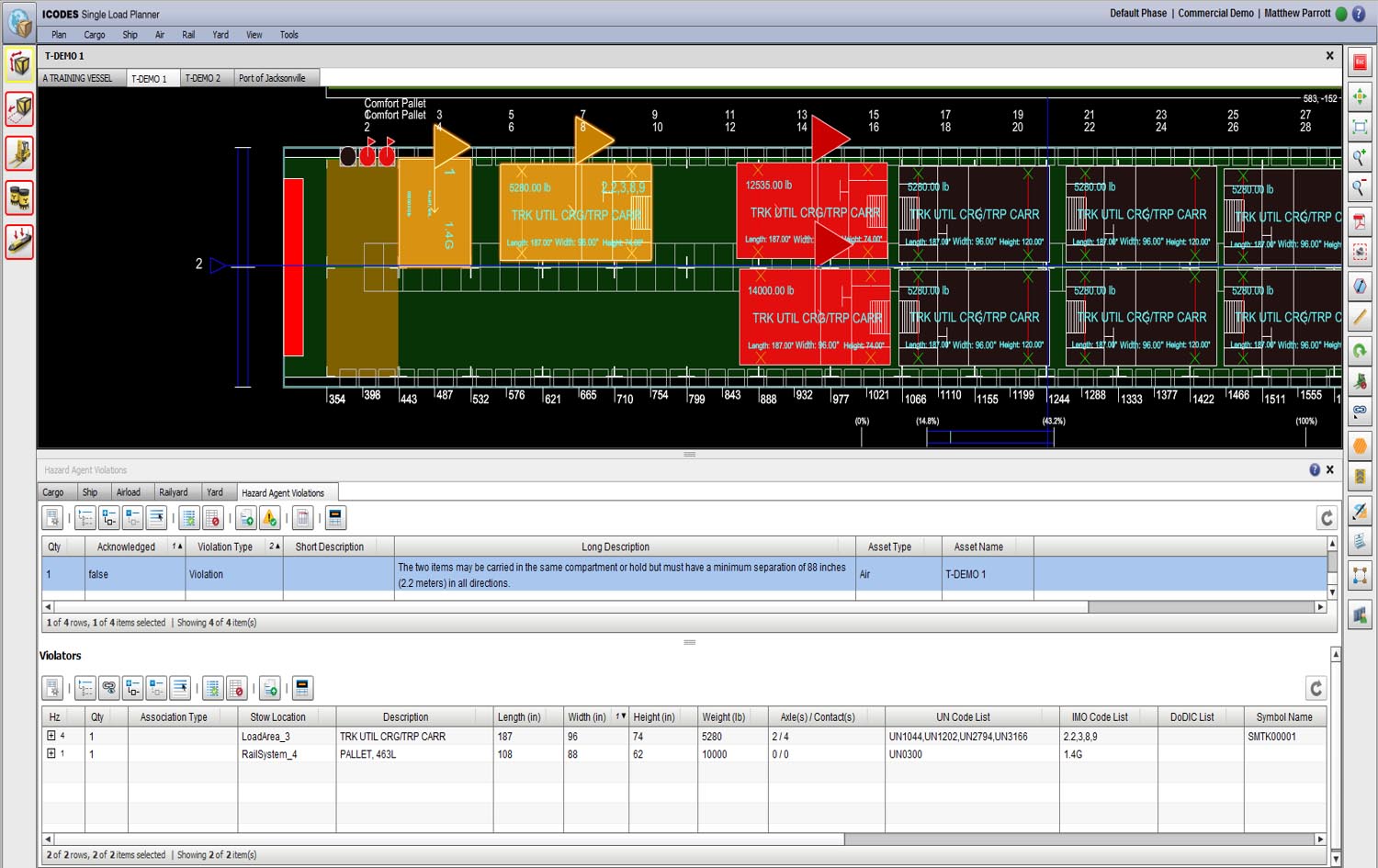
 software v7.1. SSDM provides the U.S. Navy and Marine Air-Ground Task Force (MAGTF) with a common operating picture for managing cargo and personnel movements via ICODES.
software v7.1. SSDM provides the U.S. Navy and Marine Air-Ground Task Force (MAGTF) with a common operating picture for managing cargo and personnel movements via ICODES.